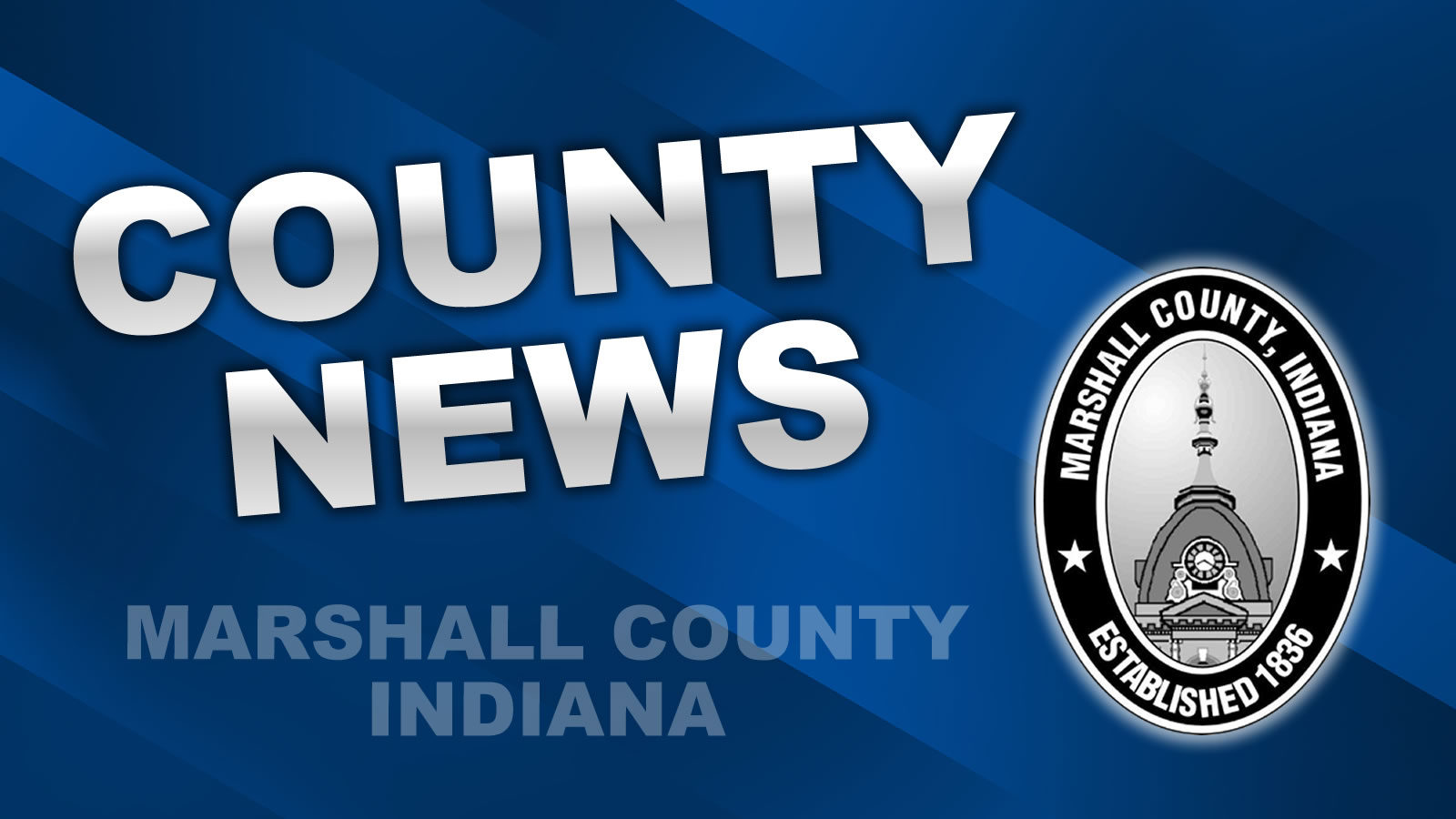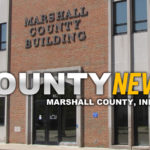During the Marshall County Commissioner’s meeting Monday, Commission President, Kevin Overmyer suggested looking at enacting a Public Safety Local Option Income Tax to help assist with increased equipment costs and struggles with hiring and retaining employees.
John Grolich, President of the Marshall County Firefighters Association told the commissioners the county communications would benefit if a couple of additional towers could be erected. He said the price tag was about $1 million per tower site.
Ginny Munroe said smaller communities including all of those in Marshall County are having issues attracting new hires and retaining current employees because larger communities are offering substantial sign-on bonuses and our communities can compete with that.
Overmyer said the funds raised from a Public Safety LOIT would provide additional funds to the county and each jurisdiction to help pay for public safety equipment. This isn’t anything new, Marshall County discussed it several years ago and even reached out to the communities for support, but the County Council wasn’t included to move forward with it at that time. Overmyer said the additional funds could help communities purchase ambulances, fire trucks, and police cars which are getting more and more expensive. Monies from the Public Safety LOIT could allow pay increases for police, firefighters, paramedics, and EMS.
Commissioner Overmyer said, “Public Safety is getting more expensive. I don’t know if now is the time to be looking at that but I think it’s something that this county and the commissioners and council should consider because it’s beginning to be a point of life and death for people. If you are going to the wrong address and you can’t provide equipment or you can’t provide personnel to provide these emergency services, I think it’s something that at some point in time we need to start looking at.”
No official action was taken on the suggestion. Enacting a Public Safety LOIT would be the responsibility of the Marshall County Council.
Culver’s Town Manager Ginny Munroe said in the meeting she was supportive of the suggestion of a Public Safety LOIT as did Matt Pitney who is not only the 911 Director but the Tippecanoe Township Trustee.
Overmyer asked Sheriff Matt Hassel if he was supportive of a Public Safety LOIT, Hassel said, “I think we need to look at it.”
Indiana Code 6-3.6-2-14 defines “Public safety” as follows:
Sec. 14. “Public safety” refers to the following:
(1) A police and law enforcement system to preserve public peace and order.
(2) A firefighting and fire prevention system.
(3) Emergency ambulance services (as defined in IC 16-18-2-107).
(4) Emergency medical services (as defined in IC 16-18-2-110).
(5) Emergency action (as defined in IC 13-11-2-65).
(6) A probation department of a court.
(7) Confinement, supervision, services under a community corrections program (as defined in IC 35-38-2.6-2), or other correctional services for a person who has been:
(A) diverted before a final hearing or trial under an agreement that is between the county prosecuting attorney and the person or the person’s custodian, guardian, or parent and that provides for confinement, supervision, community corrections services, or other correctional services instead of a final action described in clause
(B) or (C);
(B) convicted of a crime; or
(C) adjudicated as a delinquent child or a child in need of services.
(8) A juvenile detention facility under IC 31-31-8.
(9) A juvenile detention center under IC 31-31-9.
(10) A county jail.
(11) A communications system (as defined in IC 36-8-15-3), an enhanced emergency telephone system (as defined in IC 36-8-16-2, before its repeal on July 1, 2012), a PSAP (as defined in IC 36-8-16.7-20) that is part of the statewide 911 system (as defined in IC 36-8-16.7-22) and located within the county, or the statewide 911 system (as defined in IC 36-8-16.7-22). Indiana Code 2019
(12) Medical and health expenses for jailed inmates and other confined persons.
(13) Pension payments for any of the following:
(A) A member of a fire department (as defined in IC 36-8-1-8) or any other employee of the fire department.
(B) A member of a police department (as defined in IC 36-8-1-9), a police chief hired under a waiver under IC 36-8-4-6.5, or any other employee hired by the police department.
(C) A county sheriff or any other member of the office of the county sheriff.
(D) Other personnel employed to provide a service described in this section.
(14) Law enforcement training.











